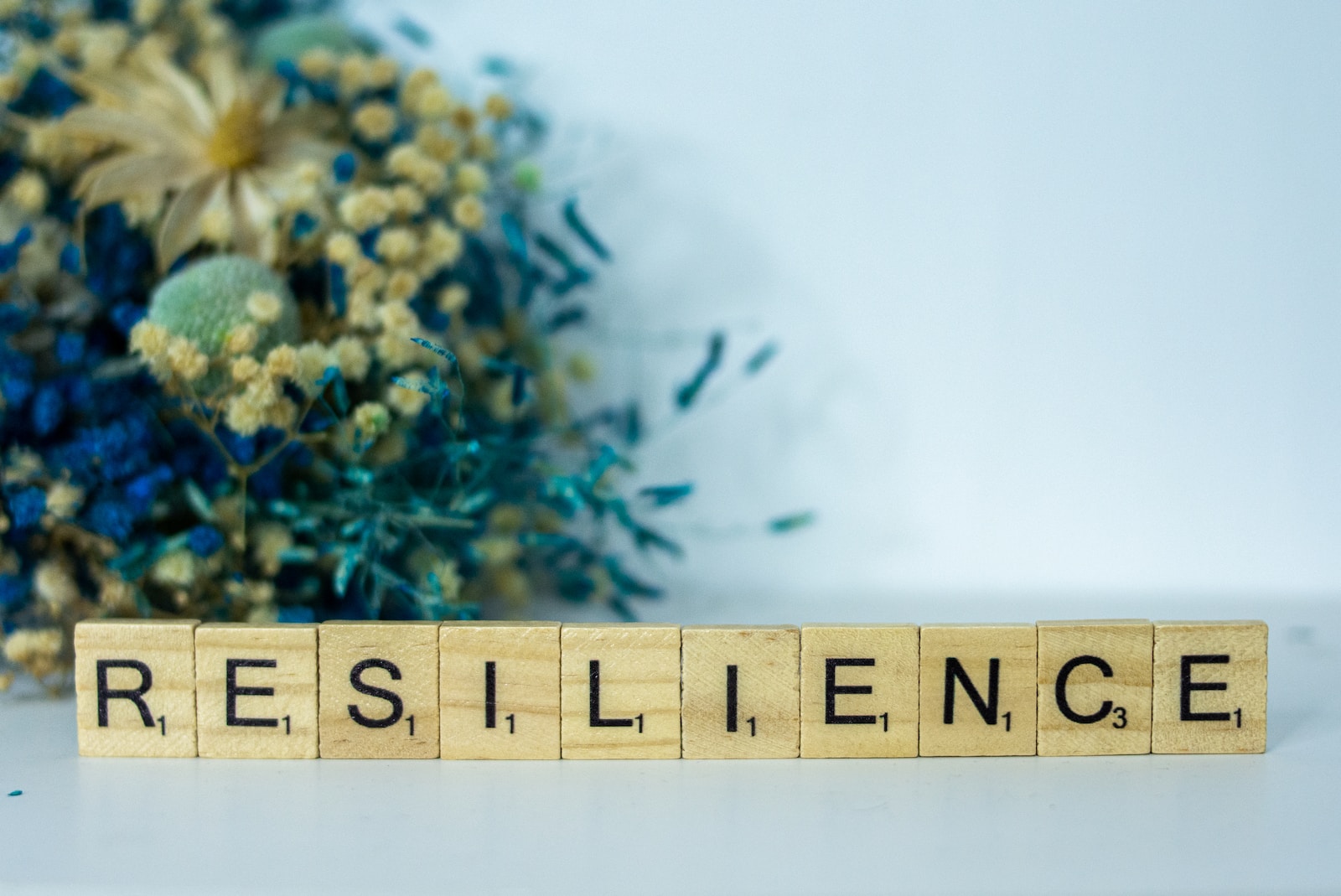Excerpt:
Discover how children naturally build resilience through their experiences, relationships, and environment. This comprehensive guide offers parents a wealth of information, background, and actionable tips to support their children in developing this crucial life skill.
Resilience is often considered an adult trait, something we gain through years of experience and hardship. However, the foundations of resilience are laid much earlier in life. So, how does a child build resilience? Understanding this can empower parents to provide the right kind of support, environment, and opportunities for their children to develop this essential skill.
What is Resilience?
Before diving into how a child builds resilience, it’s important to understand what resilience means. Resilience is the ability to recover from setbacks, adapt to change, and keep going in the face of adversity. It’s not about avoiding stress or hardship but learning how to cope with these challenges effectively.
The Natural Pathways to Resilience in Children
Play and Exploration
Children are naturally curious and love to explore their surroundings. Through play, they learn how to solve problems, manage fear, and adapt to new situations. Whether it’s figuring out how to build a tower of blocks without it falling or navigating social dynamics in a game of tag, play provides a safe space for children to experiment and learn.
Social Interactions
Children build resilience through their relationships with peers and adults. Friendships teach them about cooperation, empathy, and conflict resolution. Even conflicts and disappointments serve as opportunities for children to learn how to manage emotions and bounce back from setbacks.
Learning and Academic Challenges
School and learning environments are another avenue where children build resilience. They learn to handle success and failure, manage stress, and navigate social dynamics. Academic challenges teach them the value of hard work, perseverance, and goal-setting.
The Role of Parents in Fostering Resilience
Emotional Support
One of the most significant ways parents can help build resilience in their children is through emotional support. Being there to listen, comfort, and guide your child in times of stress or difficulty provides them with a strong emotional foundation.
Encourage Healthy Risk-Taking
Allow your child to take age-appropriate risks. This could be as simple as letting a toddler climb a little higher on the playground or encouraging an older child to try out for a sports team. These experiences teach children to assess risks, make decisions, and handle outcomes, whether they are successful or not.
Teach Problem-Solving Skills
When your child encounters a problem, guide them through the problem-solving process. Ask open-ended questions like, “What do you think you could do in this situation?” or “How could you solve this problem?” This not only helps them find a solution but also empowers them to handle future challenges independently.
Model Resilient Behavior
Children learn by observing the adults in their lives. When you handle stress and challenges in a healthy way, you’re teaching your child to do the same. Discuss your thought process and coping mechanisms openly, so your child can learn from your experiences.
Tips and Tricks for Parents
Develop a Routine
A predictable routine provides a sense of security and stability for children. Knowing what to expect helps them feel more in control, which is a key factor in developing resilience.
Foster Social Connections
Encourage your child to build strong relationships with family members, friends, and teachers. A strong social network provides a safety net during times of stress or adversity.
Promote Self-Efficacy
Praise your child’s efforts rather than just the outcomes. Use phrases like “You worked really hard on that!” instead of just “You’re so smart!” This helps build a growth mindset, which is closely linked to resilience.
Use Storytelling
Stories are a powerful tool for teaching resilience. Whether it’s a book, a movie, or a tale from your own life, stories can provide examples of how characters overcome obstacles, inspiring your child to do the same.
Teach Emotional Regulation Skills
Help your child identify their emotions and express them in healthy ways. Techniques such as deep breathing, counting to ten, or taking a break can be effective in managing emotional responses.
Conclusion
Understanding how a child builds resilience can be a game-changer for parents looking to support their child’s emotional and psychological development. Through play, social interactions, and learning experiences, children naturally develop resilience. However, parents play a crucial role in nurturing this development through emotional support, encouraging healthy risk-taking, teaching problem-solving skills, and modeling resilient behavior.
By implementing these tips and tricks, you’re not just helping your child build resilience; you’re setting them up for a lifetime of emotional strength and well-being. Remember, resilience is not a trait that people either have or do not have; it’s a set of behaviors, thoughts, and actions that can be learned and developed over time. Start early, and you’ll equip your child with the tools they need to navigate the challenges and opportunities that life has to offer.

0 responses to “How Does a Child Build Resilience? A Deep Dive into a Child’s Journey to Emotional Strength”